Sentinel Thematic Areas – Climate Change
The Copernicus Sentinel missions support climate change studies by providing data that can be used to supplement heritage time-series acquisitions. This information can provide additional weight to data acquired by European and international Earth observation programmes, and supports the response and management of related policy issues within Europe at federal, national and local levels.
Sentinel-1 provides the ability to acquire data on forest fire scar mapping, which can be used to map the history and lifecycle of forests, with particular regard to the carbon content. Fire scar mapping also plays an important role in mapping of forest fire scars, can be an important part of mapping the carbon history of a forest and provides support in the estimation of carbon emissions.
Sentinel-2 provides land monitoring support to climate change via monitoring of aspects such as soil use and land use change. This information can be used to support European environmental policy, and help to improve the efficiency and effectiveness of the international humanitarian response to climate related emergencies. More information on the MSI instrument’s support to this application can be found in the User Guide.
Sentinel-3 provides Sea Surface Temperature data for use by the climate scientific research community, and supports ocean forecasting and weather prediction.
- The OLCI instrument on-board Sentinel-3 supports climate change monitoring. More information on OLCI’s support to this application can be found in the User Guide
- The altimetry data from the SRAL instrument onboard Sentinel-3 supports precise monitoring of changes over time of Mean Sea Level (MSL) in the global oceans, and supports environmental monitoring.
- The SLSTR instrument on-board Sentinel-3 supports monitoring of atmospheric constituents. More information on SLSTR’s support to this application can be found in the User Guide.
- The combined OLCI/SLSTR SYN product supports climate change monitoring through its SYN S1 and SYN S10 ECV (Essential Climate Variable) ECV products.
Specific Area – Climate Change

Land monitoring – The impact of climate change on the Earth’s surface can be studied from orbit, offering a broader perspective than in-situ observations.

Marine Environmental Monitoring – The study of the marine environment is primarily utilised by the fishing industry to monitor algal blooms and phytoplankton distribution, both key elements of the oceanic food chain.

Atmospheric Monitoring – Space-based sensors help detect otherwise invisible changes, peering either sideways or down through the atmosphere to build up three-dimensional views of its chemical composition, sensitive to a few parts per billion.
Source: https://sentinels.copernicus.eu/web/sentinel/thematic-areas/climate-change


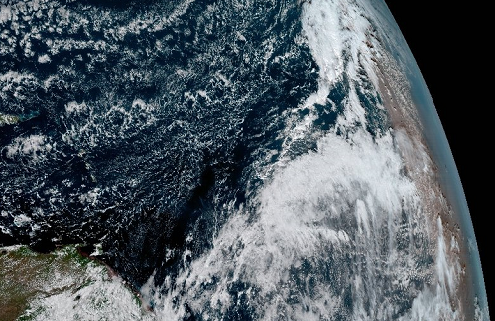
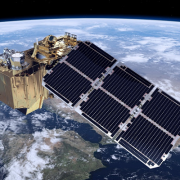
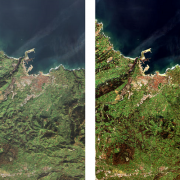 https://sentinels.copernicus.eu/
https://sentinels.copernicus.eu/ 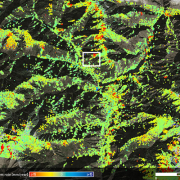 https://sentinels.copernicus.eu/
https://sentinels.copernicus.eu/ 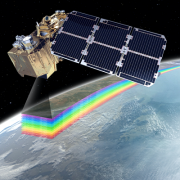
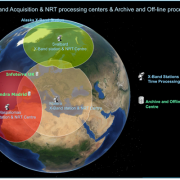
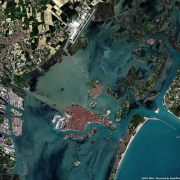
 https://sentinels.copernicus.eu/
https://sentinels.copernicus.eu/ https://sentinels.copernicus.eu/
https://sentinels.copernicus.eu/
Leave a Reply
Want to join the discussion?Feel free to contribute!